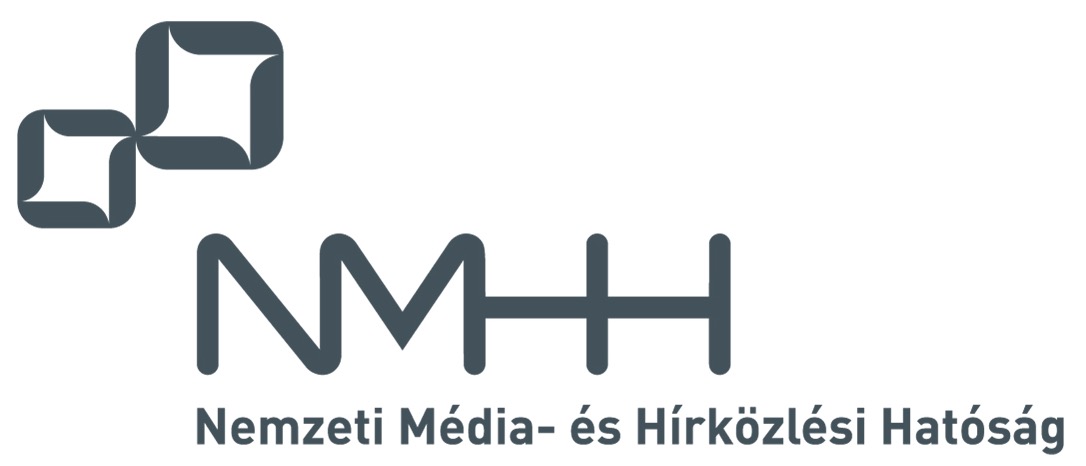2012. 3rd issue
Full issue  (26 MB)
(26 MB)
Papers
G.Retamosa and J. Aracil
Performance Evaluation of Open-source Software for Traces Manipulation and Analysis -invited paper 
The paper presents a performance evaluation of commonly-used open-source software for manipulation and offline analysis of traffic traces. In traffic analysis, there is a tradeoff between either implementing ad-hoc, low-level software that is optimized for performance or using off-the-shelf open-source software written in high-level languages such as Python. Clearly, the former approach has a penalty in development time. While using high-level languages is easier in terms of development, the size of traffic traces is increasing and so is the processing time. We conclude that the use of high-level languages provides similar processing times in comparison with the low-level languages counterpart, provided that a pre-filtering of the traffic can be performed (by means of tcpdump).
P.G. Szabó and V. Székely
Crosstalk Compensation in Thermal Transient Measurements 
Nowadays as the application area of thermal transient testing is advancing further than just being a JEDEC (Joint Electron Device Engineering Council) standard to investigate the thermal behavior of electronic devices, packages etc., the importance of avoiding any disturbances in the measured signal is more relevant. A possible effect that can corrupt the signal is the electrical crosstalk between different parts of the system or between the ambient and the whole system. But if the characteristic behavior of the crosstalk is known then special procedures can be designed in order to clean the corrupted signal from the disturbances. In our paper we present two methods to eliminate the disturbing effects. The first approach is based on polarity inversion while the second utilizes multiple level excitations to manage signal separation. To verify the feasibility of these methods, the procedure is demonstrated on electro-thermal MEMS (microelectromechnical system) devices.
T. Harasthy, L. Ovsenik and J. Turan
Cambridge Correlator in Driver Assistance Systems 
This paper discusses the very actual and important issue of current time, the safety of road traffic. Many car designers are presently concentrating on proposing cars with modern design, but driver and crew safety is also necessary. Traffic Signs Recognition Systems are presently implemented in many cars to obtain better safety of the driver and comfortable driving. Traffic Sign Recognition system presented in this paper as a part of Driver Assistance System uses Cambridge Correlator as image comparator. Two images (reference traffic sign and input traffic sign) are compared according to two criteria, similarity and relative position.
DESIGN STUDIES
V. Hottmar and B. Adamec
Software Application for QoS Characteristics Calculation 
This paper deals with the algorithmization of a software application intended for QoS statistical parameters and characteristics quantification. Empirical probability distribution of packet delays and packet jitters, average values of delays and jitters will be determined. Practical software implementation of QoS calculation methodology in Delphi environment is shown. Subsequently, in the context of the currently used QoS mechanisms, the practical use of obtained results is described. Created software application was tested on a real network segment with RTP voice, RTP video, SMTP and FTP traffic streams. The operating parameters (queue length, proportions of allocate bandwidth) of implemented QoS mechanisms on this network can be optimized based on the results obtained by application.
CALL OF PAPERS
9th International Conference on Design of Reliable Communication Networks




